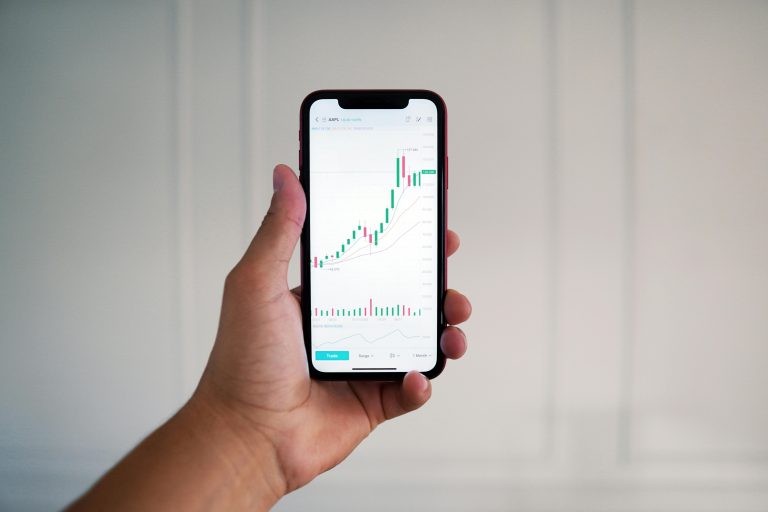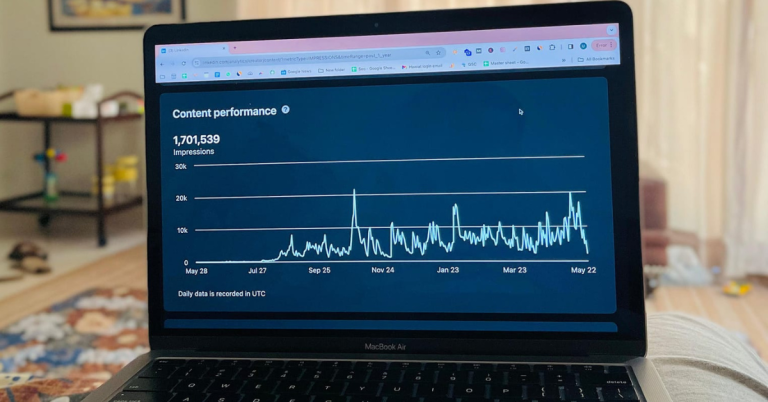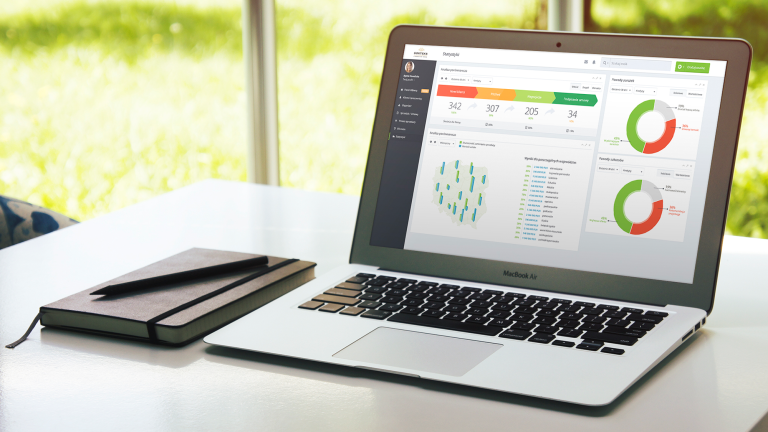The Evolution of RTSP: From Early Adoption to Modern Use Cases
Real-Time Streaming Protocol (RTSP) is the foundation of audio and video streaming technology. It has evolved from just a protocol in the late 1990s in real-time communication and early multimedia applications to a global standard for live streaming and surveillance systems and applications.
So, let’s explore the evolution of RTSP with time and its modern use cases!
Early Development and Adoption of RTSP
In 1998, RealNetworks, Netscape, and Columbia University created RTSP after the Internet Engineering Task Force (IETF) standardized it in RFC 2326.
Back then, video streaming was an alien concept. People could only download files before playing them.
RTSP built a framework to control the delivery of real-time media. RTSP lets users play, pause, fast-forward, and rewind streams. Unlike HTTP, there’s no hassle of downloading files. The innovation began an era of interactive live media and efficient media delivery.
Growing Popularity in the 2000s
With the improvement of internet bandwidth in the early 2000s, the implementation of RTSP started growing.
For instance, RealNetworks used it in their RealPlayer software. This made it popular among other streaming applications. The protocol became valuable for low-bandwidth scenarios and eliminated large file downloads.
However, it still had some limitations, leading to hybrid model growth. These combined RTSP for control and Real-Time Transport Protocol (RTP) for data transfer. This resulted in high efficiency in media delivery of time-sensitive content, including sports and news broadcasts.
Around this time, it was implemented in surveillance systems and IP cameras by integrating with third-party applications. This was used in home and business security, industrial monitoring, and traffic and public safety monitoring. Owing to its low-latency streaming, it became ideal for security systems.
Evolution of RTSP in Modern Applications
With the growth of YouTube and Netflix, several gaps in RTSP were observed. However, FFmpeg (an open-source media processing framework) ensured the continued usefulness of RTSP in modern-day applications.
This helped developers build custom streaming solutions and integrate RTSP with other streaming protocols.
With FFmpeg, users can encode and decode live video streams and enjoy seamless media processing and format conversion. This boosts the RTSP stream compatibility and quality across various devices and platforms.
FFmpeg also boosts the quality of video recording, streaming, and distribution through drones across different platforms without affecting video quality or speed.
FFmpeg RTSP lets you receive, process, and manipulate RTSP streams and allows restreaming, recording, and transcoding functions. This has led to the various modern use cases of RTSP.
If you want to stream your content with RTSP, consider using a versatile and strong tool like FFmpeg. Partner with a reliable service provider with ultra-low latency media servers and FFmpeg integration for streaming and recording solutions and real-time video management.
Modern RTSP Use Cases
As technology advances, RTSP use cases have also evolved. Let’s explore them all here!
Live Broadcasting and Video Conferencing
RTSP is used in live streaming events and video conferences with low latency between all users. This is important where real-time interaction is important.
For instance, businesses and universities use RTSP to live stream presentations, training sessions, and lectures. This way, people on the other end can remotely access meeting rooms and classrooms from anywhere.
Security Surveillance Systems
Security experts use RTSP to stream live footage from several cameras to a single central control system. Operators remotely pan, tilt, and zoom cameras for better situational awareness and response times.
Governments, airports, and businesses use these surveillance systems as they are compatible with wide and local area networks.
Drones and Remote Video Systems
RTSP is significantly used in drones and relevant technologies to share real-time video from the drone’s camera right to the operator’s screen.
This live-streaming ability with the least latency has made drones effective in surveillance, environmental monitoring, and search and rescue missions.
IoT Devices for Smart Homes
RTSP has become a stable for smart home devices using IoT, including home security cameras, smart doorbells, and baby monitors.
They stream live footage to users’ devices (computers or smartphones). Users can also control these devices remotely and get real-time notifications using the protocol.
Virtual Reality (VR) and Augmented Reality (AR)
VR and AR technologies require real-time video streaming. When RTSP is used to stream live video in VR headsets and AR glasses, it reduces latency and enhances user experience.
Also Read:
Conclusion
Owing to RTSP’s versatility, low latency, and flexibility, it has adapted to different industries’ needs and stays relevant even when newer protocols emerge.
If you want to use RTSP for your streaming and surveillance needs, connect with the right service provider and integrate and optimize RTSP streams effectively.







